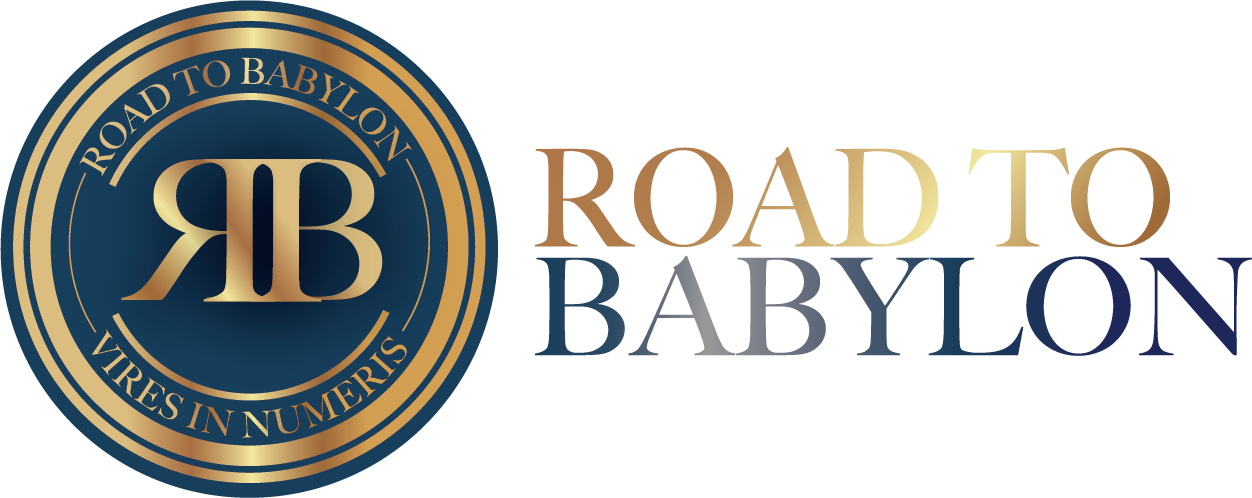Crypto NFTs: Why You Should Pay Attention
Crypto NFTs are here to stay, and they’re coming for sports, art, gaming, and much more.
Hold on, what is an NFT? NFT stands for Non-fungible token. It’s not a currency like bitcoin or ether, but a special type of virtual asset that uniquely identifies whatever it is tied to. Think of an NFT kind of like a digital fingerprint that can prove the authenticity and ownership of just about anything – for instance a video file, trading card, or art collectible. Thanks to the power of public blockchain networks like Ethereum, the chain of ownership and sales history of the NFT is both transparent and verifiable to everyone.
Just about anything can be given digital “uniqueness” by tying it to an NFT. But what makes NFTs really interesting is the fact they can be programmed to include a bunch of other features; most notably things like copyright enforcement and automatic royalty collection.
To understand why this is significant, let’s take a quick look at some of the major problems that plague existing industries, from sports to art collectibles and more.
Over the past 15 years, most all commerce has become digital. You buy tickets online, you consume all sorts of content online, you even resell the things you bought online online. But as all these things get transacted, resold, and copied through the wide web, the chain of ownership and legal rights (think copyright and royalty enforcement) get muddied and often ignored altogether.
How can you prove that beat that went viral in the latest music video was actually yours? How can you ensure you collect your share of royalties when your art is resold, or your music is streamed or re-used? It’s very difficult to do that today, and artists usually have to go through a third-party service that inevitably takes their cut from the pie – their pie!
But that is all changing. NFTs promise a future where everyone including artists, athletes, and content creators large and small can enjoy greater power and control over their own art. Including the ability to sell directly peer-to-peer, mano-a-mano, to their fans and followers.
And this is already happening. Artists of all sorts are flocking to NFT platforms in droves to sell their art directly to fans. Fans in turn have been lining up to buy. We’ve seen stories on social media of young artists, like this one, who have used NFTs to sell their digital artworks globally and supplement their income.
And it’s not just art. The NBA – my favorite sports league – has sold millions of dollars of short highlight clips, called “top-shots”, in the first two months of the year alone. One such NFT clip of a Lebron James dunk was purchased for more than $200,000. The resale market for top-shots is robust as well, with over $300 million in resale volume over just the past 30 days.
Sports tickets are on the table too. Anytime a ticket is resold or “scalped” the NFT can pay a small royalty back to the sports organization. The same could be done for concert tickets. Gone will be the days when you have to wonder if that Lupe Fiasco ticket you want to buy is legit – you can verify the ticket’s NFT yourself on the blockchain! It’s a win-win for fans, artists, and venues alike.
There are more use cases still. How about gaming? When you buy an in-game item, perhaps a skin for a game like Call of Duty or League of Legends, wouldn’t it be great to be able to transact it? You could trade items you no longer wanted with other players who have that skin you’ve been eyeing. What about trading game item NFTs across different games?! Want to take a break from League in favor of some Fortnite? Trade off your League skins for Fortnite ones, and then pick them back up when you want to start playing again. Game developers could program royalties onto the skins themselves so that they get their cut. And bit by bit, we could see the evolution of a gaming “metaverse” with a global cross-platform market for in-game items and experiences of all sorts.
How about digital identity? Wouldn’t your driver’s license make more sense as an NFT that can’t be stolen or counterfeited? “Identity” could well become a personal, non-transferrable NFT. We can keep it in our digital wallet alongside our coins, and use it to generate a simple QR code when we need to prove to the bartender that we’re over 21.
TLDR: the future looks very bright for crypto NFTs.
As a crypto investor, my focus is on how my clients and I can take full advantage of the coming “NFT-wave”. While I’m still formulating my full investment thesis on NFTs, there are three main areas I see as worth honing in on in particular:
1. Platforms that Bring Together Artists and Fans:
Artists and fans need reliable online platforms to mint (i.e., create), buy, sell, and resell digital NFTs. These platforms need to be secure and seamlessly integrated with public ledger back-ends: If you’re a fan or collector, you’ll connect your crypto wallet and have easy access to the ledger so you can verify the NFTs and see their price and sales history. If you’re an artist or content creator, you’ll be able to easily mint NFTs of your work, set the royalties, and track your NFT as it moves through the market.
Platforms that win will excel in these areas and capitalize on network effects to gain market share. Artists, fans, and collectors alike will want to be on the platform(s) where all the action is.
2. Platforms that can Successfully Bring NFTs to Gaming
Games are a pretty big deal. The gaming industry today is a $200 billion/year behemoth, and it’s growing fast. I think the gaming “metaverse” is coming, and I want to capitalize on the platforms that help get us there. The platforms that win here will need to be open, highly accessible, and bring an excellent user experience. They’ll also need to walk the tightrope of bringing together players, developers, and game studios under one roof. Having worked at building these types of blockchain networks myself, I know this part is often the hardest.
3. Platforms that Innovate to Tackle Broader NFT Use Cases
This is more of a “wildcard” category, and I have purposefully made it quite broad in a tacit acknowledgement that there’s a lot I don’t yet know about how this nascent industry will grow and evolve over the coming months and years. I want to keep a lookout for innovative projects that tackle identity, IP, music, and more.
I also believe that there is a large opportunity for projects that find ways to add liquidity in the NFT space. In my opinion, one of the biggest weaknesses that could emerge for NFTs is their liquidity. Trading NFTs is more similar to buying and selling real-estate, where every property is unique, than it is to buying and selling stocks or bitcoin. Projects that can solve this problem by combining innovative finance or Defi applications with NFTs will be extremely intriguing.
I hope this post helped shed some light on the hype going on now with NFTs. I believe the hype is warranted, but this is still a nascent industry and investors should tread carefully. My plan is to stay patient, focus on the above areas, and attempt to hone in on the winners as we watch the market separate the wheat from the chaff.
__________________________________________________________________________________________
If you’re interested in learning more about how to invest in the crypto space (including NFTs) and form an actionable plan, you can set up a free consultation with me here.

